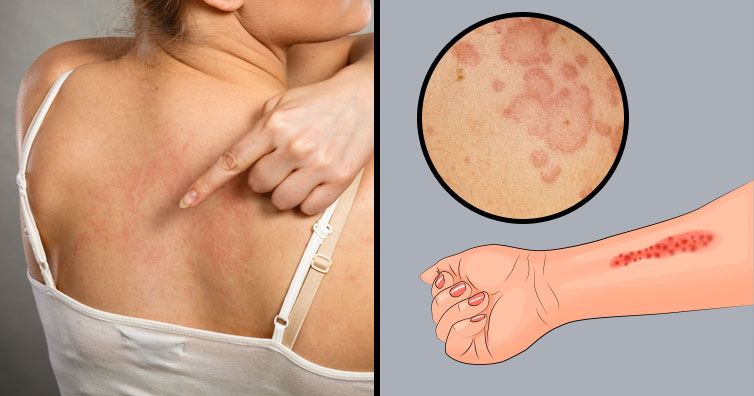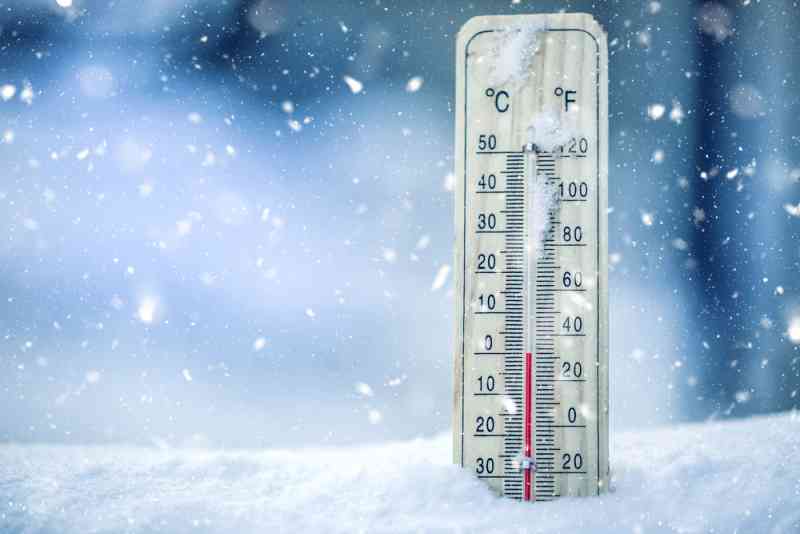The National Center for Advancing Translational Sciences defines cold urticaria as a condition that affects the skin directly. They add that the easiest way to diagnose this condition is based on the presence of certain signs and symptoms. Below you will find the signs and symptoms of cold urticaria as well as the causes and possible treatments for it.
Causes: According to Demetrios Theodoropoulos, MD, DSc, MSc, FACMG, FAAP, with Allergy Associates of La Crosse, the cause of cold urticaria cannot be identified. But the National Organization for Rare Disorders explains that this condition is the most common form of urticaria (hives). The National Center for Advancing Translational Sciences states that cold urticaria is not an inherited condition, but in rare cases has been associated with infectious diseases or blood conditions that include cryoglobulinemia, chronic lymphocytic leukemia, lymphosarcoma, chickenpox, viral hepatitis, and mononucleosis. However, the familial cold urticaria (another form of this condition), has been traced to the long arm of chromosome one (1q40). Chromosomes are found in the nucleus of all body cells that carry the genetic characteristics of each individual. Pairs of human chromosomes are numbered from 1 through 22, with an unequal 23rd pair of X and Y chromosomes for males and two X chromosomes for females.
Signs and Symptoms: The National Organization for Rare Disorders states that in acquired cold urticaria, the skin has an abnormal reaction to the cold. For example: after exposing your skin to cold weather or swimming in cold water, your skin will usually turn red and develop welts and itching. These symptoms may also be accompanied by a fever, anxiety, tiredness, and even fainting at times. The National Center for Advancing Translational Sciences adds that the rash will develop within 2-5 minutes and can last between 1-2 hours.
The symptoms of familial cold urticaria take time to develop. Usually, it will take between 24 and 48 hours for the symptoms of familial cold urticarial to appear. In addition, these symptoms can last up to 24 hours, but in more severe cases they can last up to 48 hours.
According to the National Organization for Rare Disorders, there are sub-categories of acquired cold urticaria; the first being primary cold urticaria. This can occur between 5 and 30 minutes after exposure to the cold. Usually itching and reddening will occur first, which will then be followed by a burning sensation. Hives will then appear which will last about 30 minutes. The exposed person may also experience headaches, wheezing or palpitations. The second sub-category is reflex cold urticaria. This is a widespread appearance of welts that occur when the body’s temperature drops after exposure to cold applications.
Treatments: There are many ways to treat cold urticaria. If you want to use over-the-counter medications, the Mayo Clinic recommends antihistamines such as Claritin and Zyrtec. These medications will block the symptom-producing release of histamine and can treat mild symptoms of cold urticaria.
The National Center for Advancing Translational Sciences provides viable treatment options for cold urticaria. The first treatment is Systemic corticosteroids, which are synthetic derivatives of the natural steroid, cortisol, which have anti-inflammatory effects. They also recommend Dapsone, which is used to treat certain types of skin disorders. It works by decreasing swelling and stops the growth of bacteria on the skin.
If you enjoyed this story,
Disclaimer: Bestie does not provide medical advice,





